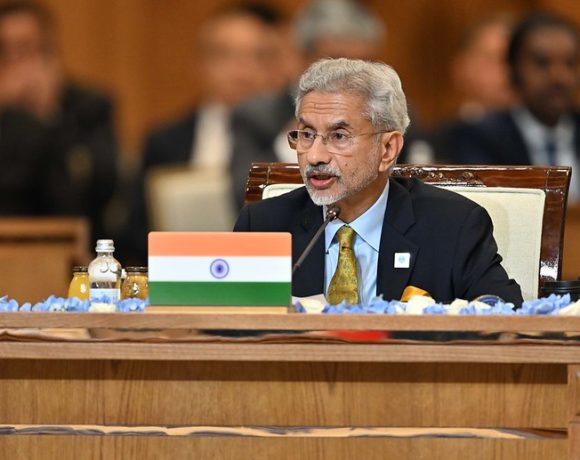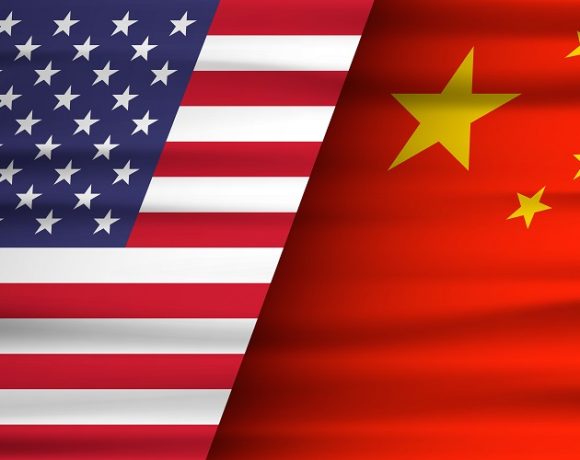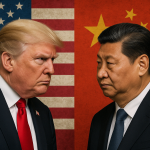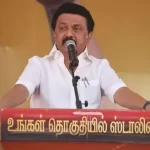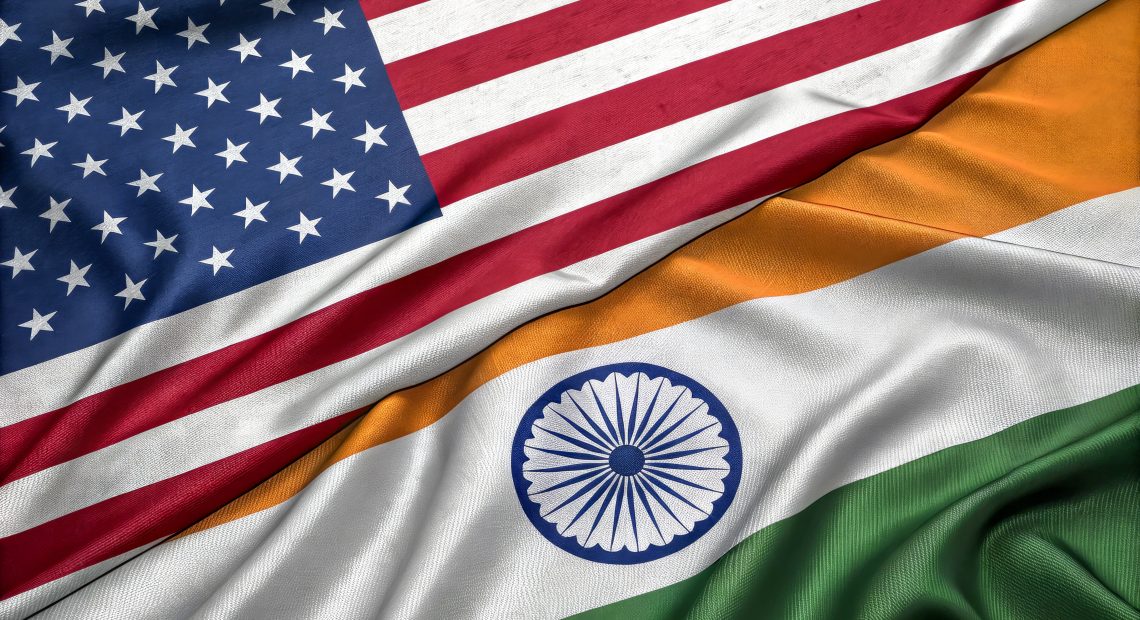
India-US Trade Talks Extended Amid July 9 Deadline Pressure
Trade talks between India and the United States have been extended beyond the initial schedule as negotiators from both sides aim to finalize an interim trade agreement before the looming July 9 deadline. Senior officials, including the U.S. Trade Representative delegation and Indian Commerce Ministry’s chief negotiator Rajesh Agrawal, are engaged in intensive discussions in New Delhi.
The interim pact is intended as a foundational step toward a broader trade agreement targeted for completion by the fall of 2025. It is also a key milestone in the shared goal of doubling bilateral trade to $500 billion by 2030.
Key Issues: Tariffs, Market Access, and Sectoral Resistance
The ongoing negotiations are centered around reducing tariffs, particularly in sectors like agriculture, automobiles, and industrial goods. India has shown willingness to align its tariff base rates with the U.S. level of 10% and offer low-to-zero duties on certain products through a quota-based system, in exchange for enhanced access to American markets and participation in U.S.-led supply chain frameworks.
However, sticking points remain—especially concerning India’s agricultural and dairy sectors. India has resisted American demands to liberalize these areas, citing fears of domestic backlash and disruption to rural livelihoods.
While talks have seen incremental progress, unresolved concerns over long-standing issues such as U.S. tariffs on Indian steel and aluminum persist. India is also considering initiating a dispute under the World Trade Organization framework if bilateral efforts fail to resolve them.
Strategic and Economic Stakes
A successful interim deal could open up new avenues for Indian exports, support economic diversification, and further cement India’s role in global trade networks. India currently enjoys a substantial trade surplus with the United States—estimated at $45.7 billion—with total bilateral trade crossing $129 billion in 2024.
Both countries are keen to capitalize on this momentum, especially against the backdrop of shifting global supply chains and the strategic need to reduce over-reliance on China.
Commerce Minister Piyush Goyal, who is abroad for other international engagements, may return for direct meetings to help close remaining gaps before the July 9 target.
As the deadline approaches, there is cautious optimism on both sides. A successful interim agreement would not only boost market confidence but also reinforce the economic partnership between two of the world’s largest democracies.


